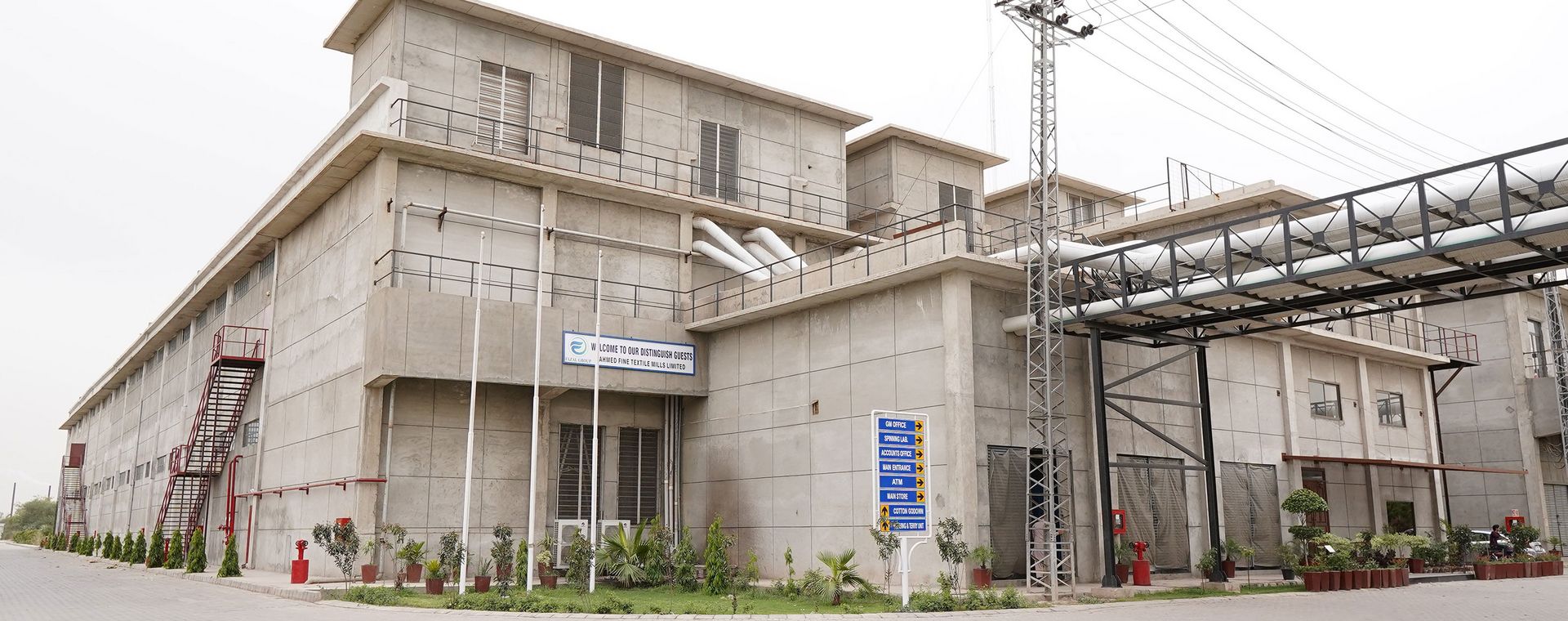‘Measuring and controlling’ by Uster RSO 3D combined with Uster Sentinel
Since its start-up in 2022, the No. 5 Unit of Ahmed Fine Textile Mills Ltd in Pakistan has made dramatic progress in terms of improved production regimes, higher overall quality and lower costs. Faced with a long list of required improvements, the mill put its faith in numbers and feedback provided by Uster RSO 3D facilitated with the Sentinel ring spinning optimization system.
And the results in a short time have been significant. Now, the unit is producing results which are not only the best in the country, but also compare with even the best spinning mills in the world. General Manager Mr. Shahid Zohrab Abbasi makes that proud claim in respect of two specific improvements arising from RSO 3D and Sentinel: “Pneumafil waste has reduced to 0.18%, which means almost 400 pounds per day of extra yarn is being produced,” he says. “Also NSLT yarn faults/100 km are reduced to only 15 overall” as an average of local and imported cotton. All the other required improvements have also been achieved to the satisfaction of the mill and its customers.
Mr. Abbasi and his colleagues are committed to the concept of accurate data collation and application: “We have a strong belief in the saying ‘what cannot be measured cannot be controlled’ that is where Uster Sentinel is so helpful,” he says. Data from the system pinpoints quality issues such as yarn breaks and faulty spindles, and the RSO 3D feature allows intelligent correlation of ring spinning and winding figures within a single system.
For specific quality issues and causes, Uster Sentinel is well appreciated by the unit. “For example, in case of sudden high breakage rates in spinning, the system provides us with comprehensive graphs which give us a clear indication of what is going wrong,” Mr. Abbasi says. The No. 5 Unit of Ahmed Fine Textile Mills is part of the Fazal Group and is located in Multan, Pakistan. Equipped with over 33,000 spindles, the organisation produces a range of yarns, as well as fabric and towelling.
A more detailed account of the issues and their solutions is given in the accompanying interview with Mr. Abbasi.





